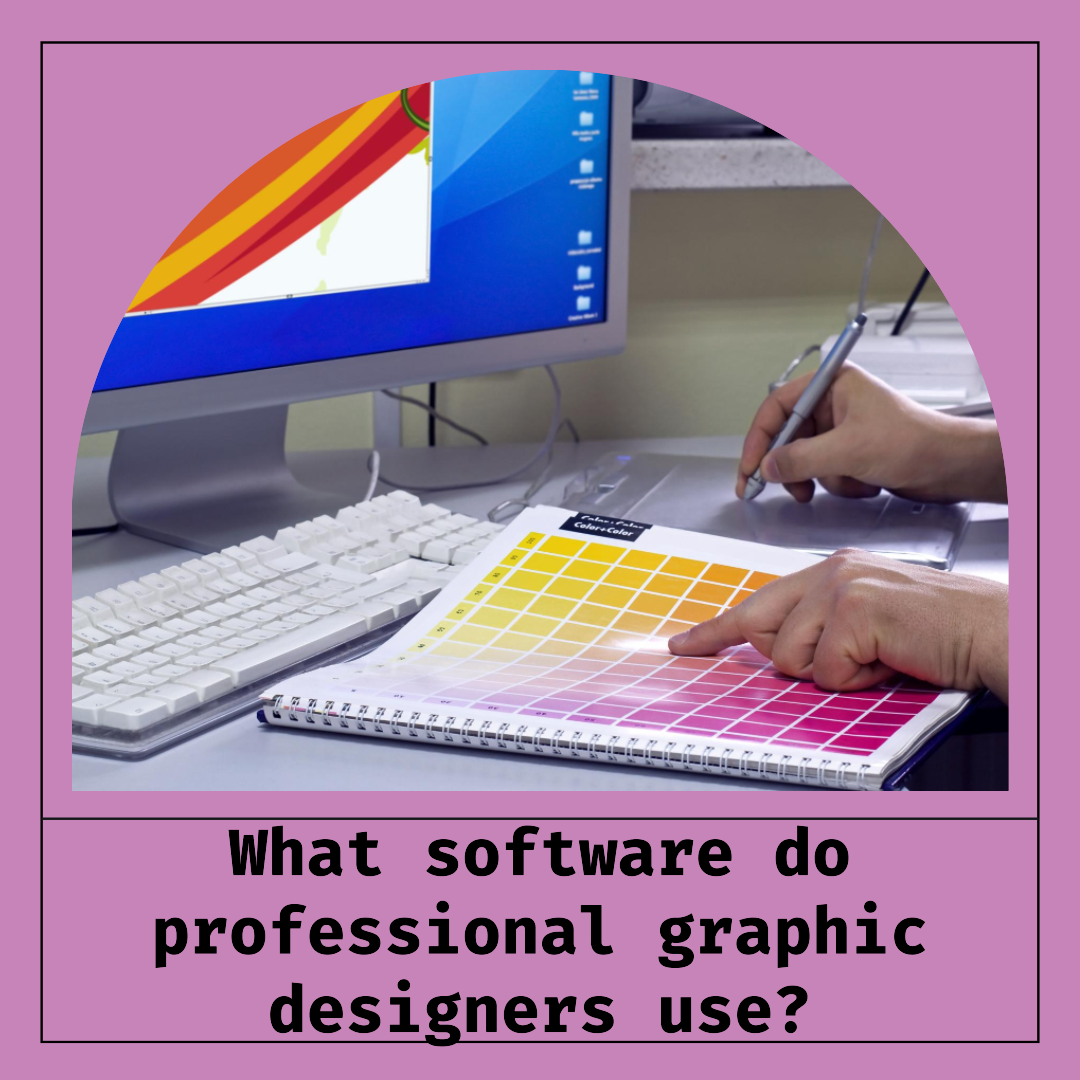How to design packaging that stands out in graphic design?
The Art of Packaging Design: Creating Standout Designs that Captivate and Convert
In the competitive world of consumer goods, packaging plays a pivotal role in influencing purchasing decisions. It serves as a silent salesperson, silently communicating the brand’s message, values, and the quality of the product within. Effective packaging design not only protects and contains the product but also transforms it into a tangible representation of the brand, capturing attention, conveying emotions, and ultimately driving sales.
The Significance of Standout Packaging Design
In a crowded marketplace, packaging design that stands out is crucial for differentiation and success. It offers several compelling advantages:
- Grab Attention: Standout packaging makes products more noticeable amidst a sea of competitors, increasing the likelihood of being noticed and picked up by consumers.
- Convey Brand Identity: Packaging serves as a visual representation of the brand, communicating its essence, values, and target audience through color, typography, and imagery.
- Elicit Emotions: Packaging can evoke emotions, such as excitement, sophistication, or nostalgia, influencing consumer perceptions and purchasing decisions.
- Communicate Product Information: Packaging provides a platform to communicate key product information, such as ingredients, benefits, and usage instructions.
- Enhance Brand Loyalty: Consistent and impactful packaging design can foster brand loyalty, making consumers more likely to repurchase products and become brand advocates.
Key Elements of Standout Packaging Design
- Uniqueness and Originality: Avoid clichés and strive for originality to make your packaging stand out from the crowd.
- Brand Consistency: Ensure packaging aligns with the brand’s overall identity, using consistent colors, typography, and imagery across all touchpoints.
- Target Audience Understanding: Tailor packaging design to resonate with the specific target audience, considering their preferences, cultural context, and expectations.
- Visual Hierarchy: Establish a clear visual hierarchy to guide the consumer’s eye, emphasizing key information and product features.
- Clear Communication: Convey relevant product information clearly and concisely, using appropriate language, symbols, and graphics.
- Material Choice: Select appropriate packaging materials that align with the product’s nature, brand identity, and sustainability goals.
- Shelf Appeal: Consider how the packaging will look on store shelves, ensuring it stands out and catches the attention of potential buyers.
- Functionality and Usability: Design packaging that is easy to open, store, and dispose of, ensuring a positive user experience.
Additional Considerations for Standout Packaging Design
- Sustainability: Incorporate sustainable packaging practices, using eco-friendly materials and reducing waste, to appeal to environmentally conscious consumers.
- Interactive Elements: Introduce interactive elements, such as QR codes or augmented reality experiences, to enhance consumer engagement and provide additional product information.
- Limited Edition or Seasonal Designs: Create limited edition or seasonal packaging designs to add excitement and freshness to the brand’s offerings.
- Unboxing Experience: Design packaging that creates a memorable and enjoyable unboxing experience, fostering brand loyalty and positive word-of-mouth.
Conclusion: Packaging as a Powerful Branding Tool
Packaging design is not merely an afterthought; it is an integral part of the branding process and a powerful tool for influencing consumer behavior. By crafting standout packaging that is both visually appealing and functionally effective, businesses can elevate their products, strengthen brand identity, and ultimately achieve their marketing and sales goals. In the ever-evolving world of consumer goods, packaging design remains a critical element in the success of any brand seeking to capture attention, connect with consumers, and establish a lasting presence in the marketplace.








